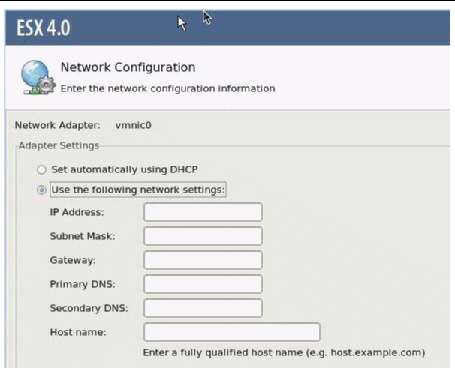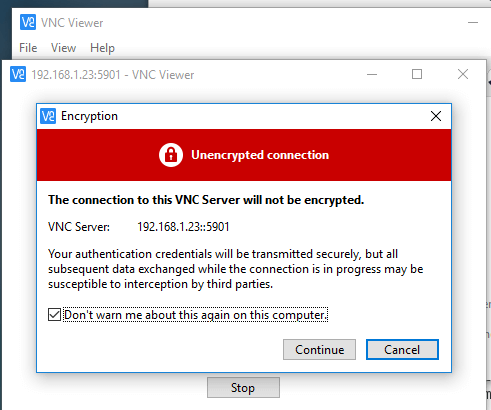

The Computer Name in this case is the IP or name of the host where VMware is running. In Royal TSX (for macOS) control/right-click a folder and select Add – VMware.Įnter a Display Name and Computer Name (as usual, this can be a list of computers): In Royal TS (for Windows) click on Add in the context menu or the Ribbon and select More… Locate the VMware connection and click Next. Connect to virtual machines via Ad Hoc RDP, VMware Instance (Console), VMware Instance (VNC) or VMware Host (SSH).Management of virtual machines: Power On, Power Off, Suspend, Reset, Shutdown, Restart.Extended information for virtual machines like Host Agent Update Level, Maximum CPU and Memory Usage, Private Memory, Number of Snapshots, Tools Version.List all virtual machines hosted in an ESXi or vCenter environment with Name, State, Provisioned Space, Host Memory, Guest Memory, Guest IP Address, VNC enabled and Data Center.Our VMware support includes the following actions: Select the VMware plugin and click on Settings.įor Royal Server click on the Royal Server navigation, click on Modules, select the VMware module and click on Settings… If the automatic detection fails, please specify the location manually.įor Royal TS, click on the VIEW ribbon tab and select Plugins. Royal TS and Royal Server try to locate it automatically. If you do not have it installed, you will see the following error message:īy default, VMware PowerCLI is installed at C:\Program Files (x86)\VMware\Infrastructure\PowerCLI\. We support all versions from 5.5 Update 2 and newer. For Royal TSX (for macOS) no additional software is required. If you execute VMware connections directly from Royal TS (for Windows) you need to install it on the machine where Royal TS is running. If you execute VMware connections over Royal Server, please install PowerCLI on the machine where Royal Server is installed.

Please note that our implementation is based on the VMware PowerCLI software that needs to be installed upfront (except on macOS). Note: This feature requires Royal TS (for Windows) V4 or Royal TSX (for macOS) V3 and Royal Server V2. Since we have had support for managing Hyper-V virtual machines for quite some time, it was only logical that quite some users requested VMware support as well.


 0 kommentar(er)
0 kommentar(er)
